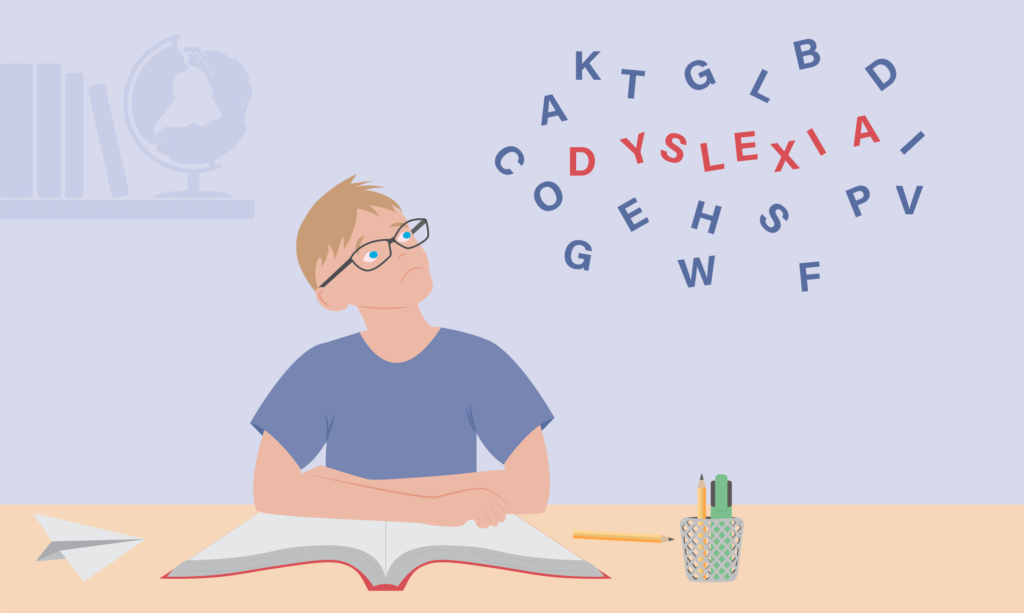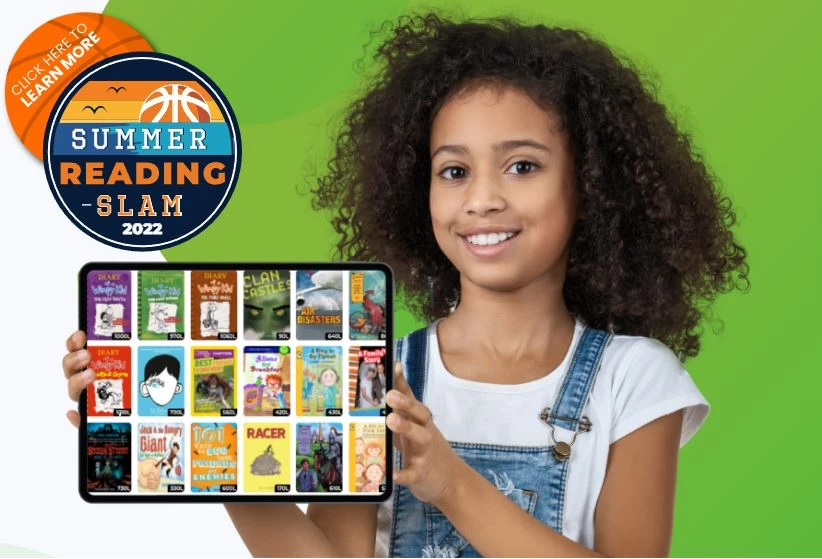
When looking for a reading program for your child you may be overwhelmed by the choices! There are a lot of different reading programs out there. However, it’s important to know that there are evidence-based strategies and programs specifically designed for children with dyslexia that are different from those used for children with other reading challenges. This article breaks down the primary reading programs for children with dyslexia that have strong research behind them and teaches you how to identify a strong program.
1. How to Identify a Strong Program
How can you know that a specific approach to reading is appropriate for a child with dyslexia? The International Dyslexia Association, a reputable organization, established ‘Structured Literacy’ as the best method of learning for children with dyslexia. Programs based on Structured Literacy should include instruction on:
- Phonology: Understanding the sound structure of words. Skills like rhyming or clapping syllables in words fall into this category.
- Sound-Symbol Association: Also known as phonics, this is understanding which sounds map to which letters.
- Syllable Instruction: This includes understanding how different syllable patterns, like vowel-consonant-e or r-controlled syllables, change the sound of the vowel. It also involves knowing where the syllables in a word are divided to help you break down long words.
- Morphology: Is the smallest unit of meaning in language. This includes knowledge of root words, prefixes, suffixes, and base words. For example, that the prefix un- (like unwanted or unfair) means ‘not’.
- Syntax: Refers to knowledge of grammar and sentence structure.
- Semantics: Is knowing the meaning of words.
A program that is appropriate for children with dyslexia will include all of the components above.
Additionally, Structured Literacy laid out three principles about how to teach the above components:
- Systematic and Cumulative: The program should be logically organized starting with the easiest concepts and progressing to more difficult ones, building on what the child has learned.
- Explicit: The program should clearly teach the child each concept and not assume they will naturally pick it up on their own.
- Diagnostic Teaching: The professional using the program should be able to individualize and modify the course of instruction based on the child’s needs. This occurs through constantly evaluating whether the student has mastered a topic before moving on to the next one.
Finally, a program should have research evidence behind it. Not sure if the program meets the above criteria? Ask a trusted professional that is trained in reading, like a reading specialist or speech language pathologist.
2. Commonly Used Reading Programs
Below we highlight three of the most frequently used reading programs for children with dyslexia. A description of more reading programs can be found here.
Orton Gillingham Approach: This approach is arguably the most well-known reading intervention for children with dyslexia. It has been used successfully for a long time and many other reading programs are based on Orton Gillingham.
The Wilson Reading System: This approach is designed for students in grades 2-12. The Wilson Reading program is based on Orton Gillingham principles with a slightly different organization and method.
Lindamood Phoneme Sequencing Program (LiPS): Just one of the programs offered by Lindamood-Bell, LiPS focuses exclusively on phonemic awareness, or understanding the sounds in words.
In summary, finding the right reading program for your child with dyslexia means looking for a program that meets the requirements of Structured Literacy, but also one that meets the needs of your child. Professionals are the ones that typically implement these types of reading programs during sessions, but carry over to home is important! That’s where LightSail can help! LightSail’s Personalized Reader helps your child carry over the skills they learn in therapy and the classroom. With engaging modules on the five core areas of literacy: reading, writing, spelling, fluency, and comprehension, LightSail is a great addition to your child’s reading program.

Posted on 10.Oct.21 in Struggling Readers




